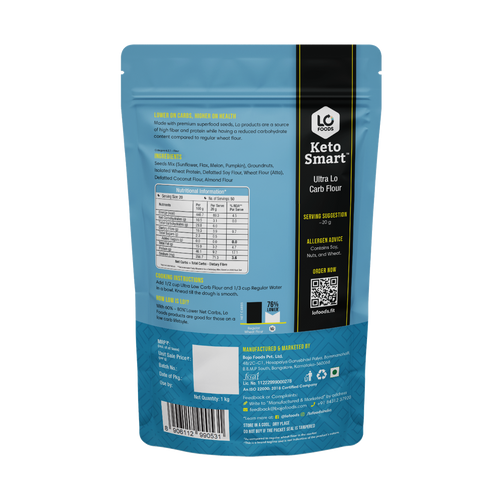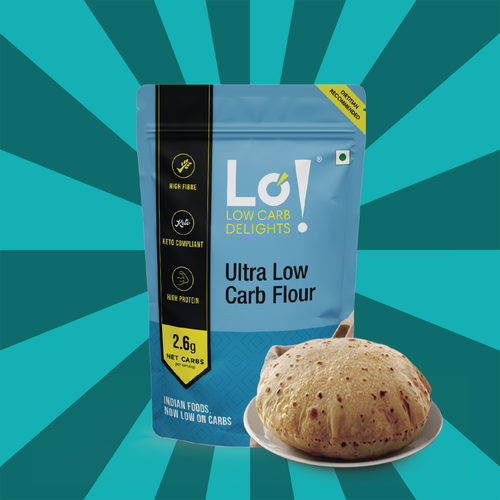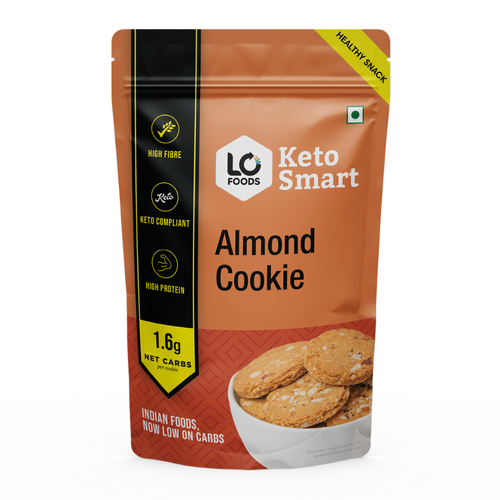
How to Track Your Carbs and Stay Within Your Limit for Optimal Results
Tracking carbohydrate intake is one of the most effective ways to stay on course with a low-carb lifestyle. Whether the goal is weight loss, improved blood sugar control, or better energy levels, understanding how many carbs you're consuming—and from what sources—can significantly impact your results. Unlike calorie counting, tracking carbs involves not just quantity but also quality, timing, and food combinations.
The body responds to different types of carbohydrates in different ways. Simple carbs like sugar and white bread spike blood glucose quickly, while complex carbs like leafy greens or nuts digest more slowly and have a milder impact. Knowing how to track and interpret these responses gives better control over metabolism and overall health.

Why People Struggle to Stay Within Carb Limits
Sticking to a specific carb limit sounds straightforward, but in real-life situations, it can be unexpectedly difficult. One of the main reasons is the presence of hidden sugars and carbs in everyday foods. Items like ketchup, salad dressings, sauces, and packaged “healthy” snacks often contain added sugars, starches, or other carb-rich fillers that don’t seem obvious unless you closely read the nutrition label. For example, a tablespoon of barbecue sauce or a single protein bar marketed as “keto-friendly” can contain enough sugar to throw off your daily count.
Another common issue is portion creep. Even when eating low-carb foods, it’s easy to underestimate how much you're consuming—especially with calorie-dense items like nuts, cheese, or full-fat dairy. A handful of almonds or a generous scoop of peanut butter can quickly double or triple the expected carb count.
Social events, emotional eating, and mindless snacking also make it harder to stay within your limits. Without structured meals or food tracking, small bites here and there add up over the day, pushing your carb intake beyond your target without realizing it.
Common Causes of Carb Overconsumption
|
Cause |
Explanation |
|---|---|
|
Hidden sugars |
Found in condiments, beverages, and processed snacks |
|
Underestimating portions |
Even healthy foods like nuts or berries can add up quickly |
|
Emotional or stress eating |
Leads to impulsive snacking or comfort food choices |
|
Lack of food label awareness |
Misreading serving sizes or ignoring total carbs |
|
Not planning meals |
Increases likelihood of grabbing carb-heavy options |
Symptoms That May Indicate You're Eating Too Many Carbs
-
Energy crashes and mid-day fatigue
-
Constant cravings for sweets or starches
-
Difficulty losing weight despite calorie control
-
Bloating and digestive discomfort
-
Fluctuating mood and irritability
-
Brain fog and reduced concentration
-
Increased hunger shortly after meals
Types of Carbohydrates to Understand While Tracking
-
Total Carbs: The overall number of carbs in a food item, including sugars, fiber, and starches.
-
Net Carbs: Total carbs minus fiber and sugar alcohols. Net carbs reflect the impact on blood sugar and are often used in low-carb tracking.
-
Simple Carbs: Quickly absorbed and spike blood sugar—includes sugar, white bread, and most processed snacks.
-
Complex Carbs: Include fiber and digest slowly—found in vegetables, seeds, legumes, and whole grains.
Steps to Effectively Track Carbs
-
Determine Your Daily Carb Limit
Low-carb diets typically range between 20g to 100g of net carbs per day, depending on personal goals. A ketogenic diet usually limits carbs to under 30g daily. -
Use Digital Tools
Apps like MyFitnessPal, Carb Manager, or Cronometer help log meals, calculate net carbs, and monitor daily trends. -
Read Nutrition Labels
Pay attention to serving sizes, total carbohydrates, fiber content, and added sugars. Look for low-carb alternatives with clean ingredients. -
Weigh and Measure Portions
Estimating food visually often leads to underreporting. Use a digital kitchen scale or measuring cups for accuracy. -
Create a Food Diary
Recording what you eat improves accountability and helps identify hidden sources of carbs or habits that sabotage your progress.
Low-Carb Food Comparison Table
|
Food Item |
Total Carbs (per 100g) |
Net Carbs (approx.) |
|---|---|---|
|
White rice |
28g |
28g |
|
Cauliflower rice |
5g |
2g |
|
Apple |
14g |
12g |
|
Strawberries |
8g |
6g |
|
Potato |
17g |
15g |
|
Zucchini |
3.1g |
2g |
|
Milk chocolate |
58g |
55g |
|
85% dark chocolate |
30g |
10g |
|
Regular yogurt |
12g |
10g |
|
Greek yogurt (unsweetened) |
4g |
2g |
New Challenges to Consider: Carb Creep and Over-Snacking
As low-carb habits become routine, some individuals unknowingly increase their intake through extra snacks, low-carb packaged foods, or frequent small indulgences—this is known as "carb creep." Even if items are technically low-carb, eating them too often can push carb totals above the intended limit.
Tips to prevent carb creep:
-
Limit low-carb desserts to 1–2 times a week
-
Avoid snacking unless truly hungry
-
Track even “free” foods like pickles or keto condiments
-
Reassess your carb sources every 2–3 weeks
Carb Cycling and Targeted Carb Timing
Some people benefit from strategically placing carbs around workouts or specific days of the week—a method known as carb cycling. This can help with muscle recovery, hormone balance, and mental performance without disrupting fat-burning.
Basic approach:
-
Low-carb days: Focus on fats and proteins, ideal for rest days
-
Higher-carb days: Include starchy veggies or fruits post-workout to replenish glycogen
-
Targeted carbs: Eat a small portion of carbs 30–60 minutes before intense exercise

Mental Triggers That Lead to Carb Overeating
Tracking isn’t just about numbers—it’s also about behavior. Stress, boredom, anxiety, or social pressure often trigger unplanned eating. Understanding emotional cues helps maintain control and stay within limits.
Common behavioral triggers:
-
Eating while distracted (TV, phone, work)
-
Skipping meals and bingeing later
-
Associating carbs with comfort or celebration
-
Giving in to peer pressure in social situations
Solutions include mindful eating, setting structured meal times, and having low-carb substitutes ready for cravings.
Summary
Tracking carbohydrates is a foundational skill for anyone following a low-carb lifestyle. By monitoring not just the quantity but also the quality of carbs consumed, it becomes easier to control weight, energy levels, and overall well-being. Staying within your carb limit requires awareness of hidden ingredients, portion control, and understanding the body’s response to different food types.
Combining digital tools, food label reading, and mindful eating with smart strategies like carb cycling or meal planning leads to consistent, long-term results. Lofoods supports this journey by offering clean, low-carb foods that make it easier to track, enjoy, and stay on track without sacrificing taste or nutrition.
This Blog post is an initiative by Lo! Foods, to provide accurate and Nutritionist / Doctor approved information related to Health. Lo! Foods is India's leading brand for Everyday Functional Foods. Foods designed for specific Health conditions or Needs. Lo! Foods also runs India's largest range of Low Carb Healthy Cloud Kitchens, under the brand names of Lo!, ProteinChef, ATH (All Things Healthy) and DiabeSmart.















Leave a comment
Your email address will not be published.